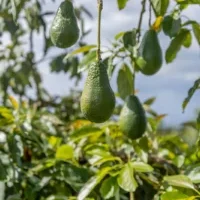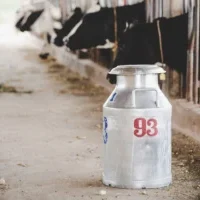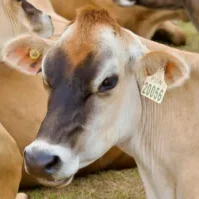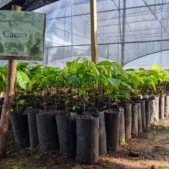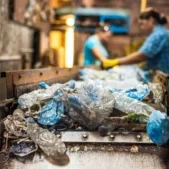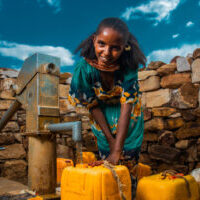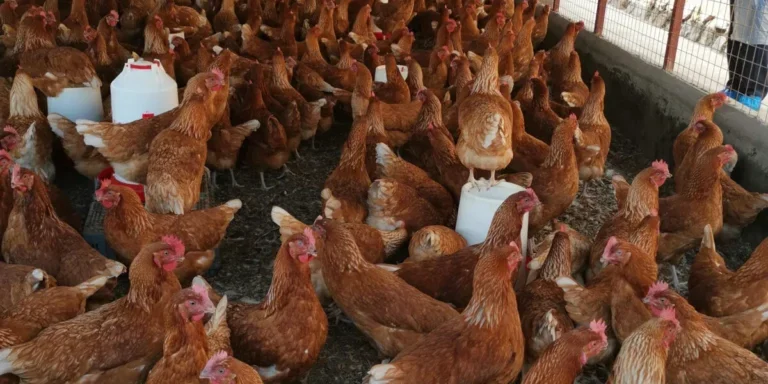
Rwanda Poultry Sector: Growing Demand and Opportunities
Rwanda’s poultry sector is undergoing rapid transformation, fueled by rising domestic demand, export potential, and supportive government policies. As more Rwandans adopt healthier diets, there is a noticeable shift toward white meat, especially chicken, contributing to increased consumption and production. In 2020, Rwanda produced around 38,845 metric tons of chicken meat and 8,272 metric tons of eggs. The poultry population reached between five and seven million birds, with one million raised under commercial systems. Per capita chicken consumption rose from 0.2 kg in 2011 to 1.28 kg in 2018, highlighting growing demand for animal protein.
The sector includes a wide range of producers: small-scale farms with 100–999 birds, medium-scale farms with 1,000–4,999, and large-scale operations with over 5,000 birds. This diversity offers opportunities for tailored interventions and training to improve productivity across all levels.
Key challenges in Rwanda’s poultry sector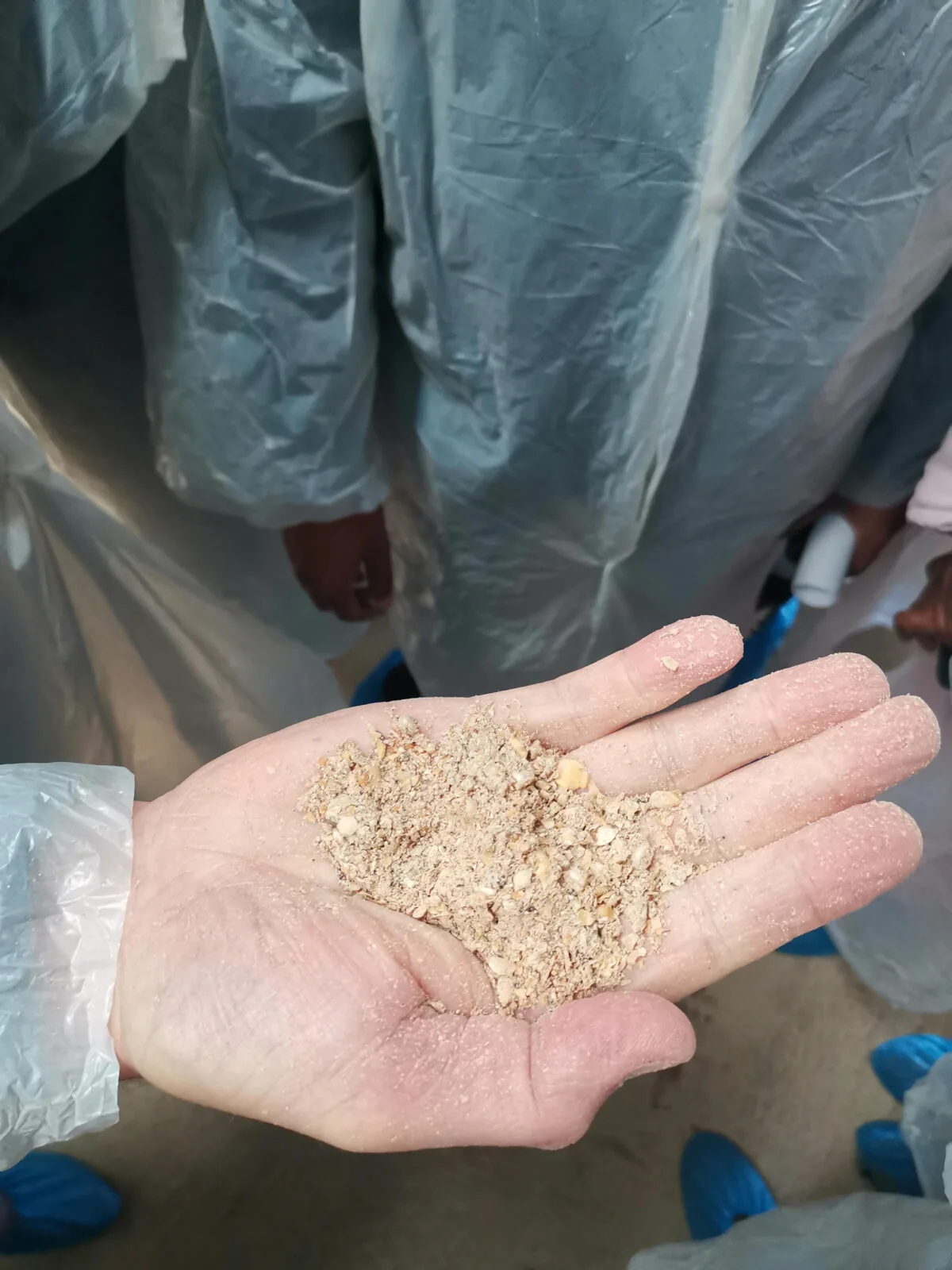
Despite its growth, the poultry sector in Rwanda faces several constraints. Feed is one of the most critical issues, as ingredients like maize and soy are often expensive, scarce, and of inconsistent quality. Storage limitations and fluctuating prices such as a 20.5% rise in layer feed costs between 2020 and 2021 continue to impact both farmers and consumers. Additionally, a lack of technical knowledge and business management skills among farmers presents a barrier to efficiency, highlighting the need for training and development support. Access to vaccines and veterinary drugs also remains limited, affecting flock health and sector productivity.
Untapped investment opportunities in Rwanda’s poultry sector
While demand continues to rise, Rwanda’s poultry sector remains constrained by insufficient infrastructure. There is a lack of processing facilities, including slaughterhouses, packaging systems, and cold chains. The availability of locally produced day-old chicks is also low, increasing dependence on imports. These gaps highlight a strong case for investment in hatcheries, feed mills, processing plants, logistics, and value addition to strengthen the poultry value chain.
Government support and vision for poultry sector development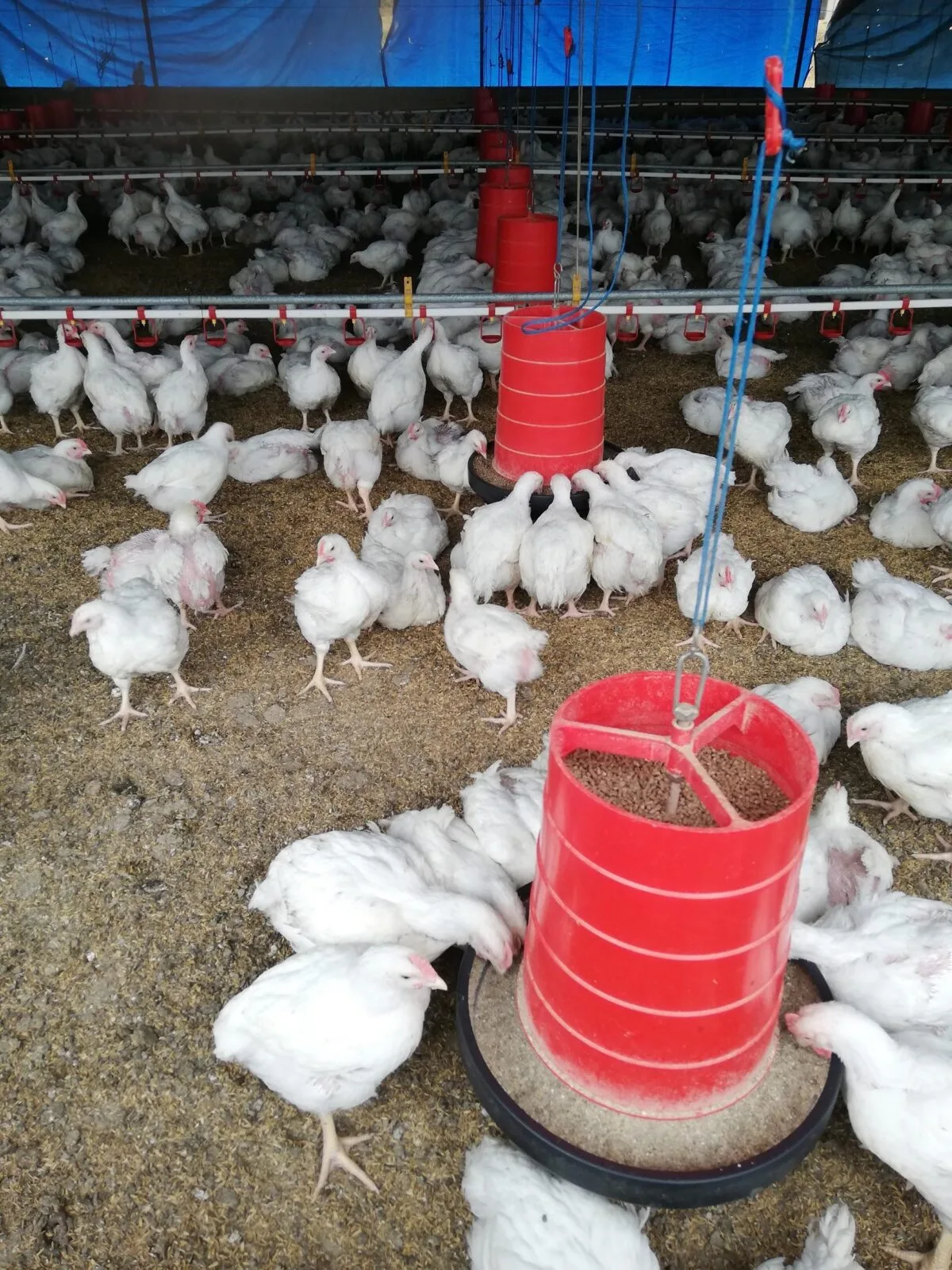
The Government of Rwanda has identified poultry as a strategic sub-sector in its Livestock Master Plan (2017). The aim is to transform poultry farming from a subsistence-based model into a knowledge-driven, market-oriented industry. Plans are in place to grow the national poultry stock from 5.2 million hens in 2016 to 7.1 million by 2026. The strategy targets improvements across three key systems: Improved Traditional Family Chicken (ITFC), Crossbreed Family Chicken (CFC), and Specialized Commercial Chicken (SP). This transformation is expected to enhance productivity, increase farmer incomes, and improve national food and nutrition security.
Download the full Poultry Business Opportunity Report for deeper insights. These resources are essential for investors, businesses and development partners seeking to engage in Rwanda’s growing poultry industry.
Are you interested to explore collaboration in the poultry sector? Please reach out to us at info@traide.org.
